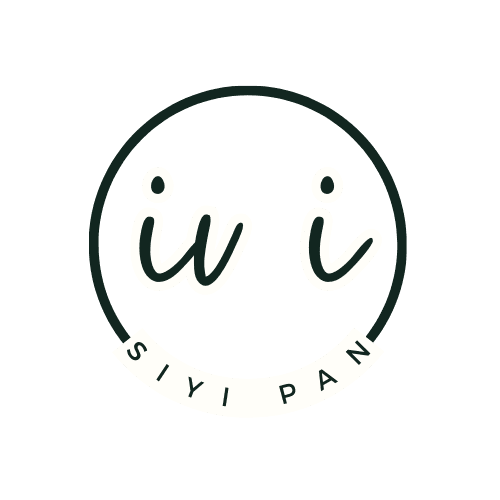Designing an Indoor Movement-Rich Environment
We all love going outside, especially young children who are curious about the world beyond. However, educators need to prepare indoor activity plans for rainy days and times when we must stay indoors. To do this, we can start by designing an indoor movement-rich environment that encourages children to move their bodies. Drawing from Gibson’s theory of affordances, the layout and features of a room influence how and how much children move — a space that invites movement will foster it (van Liempd et al., 2018). As per the EYLF, learning environments should be safe and inclusive, offering opportunities to express identity and wellbeing through physical activity (AGDE, 2022).
Research shows that the quality of indoor space, such as the availability of flexible open areas and rich movement opportunities, directly impacts the depth of children’s physical exploration (van Liempd et al., 2018). With intentional design, even small classrooms can become spaces where toddlers stretch, balance, spin, and sway.
According to Dinham and Chalk (2018), environments for the arts should allow children to explore freely with their bodies and imagination. A movement-rich indoor space should include:
Clear, open floor areas free of clutter
Soft flooring to reduce injury risk
Music and rhythm props such as scarves and tambourines
Visuals or pose cards to support non-verbal participation
Designated indoor movement areas, like a soft mat for yoga or a circle for group dance, promote deeper engagement and task focus in young children (van Liempd et al., 2018). For example, structured activities like yoga and dance support self-regulation and creativity for preschoolers. If we plan on a structured yoga or dance group activity indoors, it is suggested that a clearly marked indoor area for dance, yoga, and free movement be created.
It is also practical to integrate movement in children's daily routines. Incorporating movement into transitions (e.g., hopping to the mat) or calming activities (e.g., breathing and stretching after nap time) builds a culture where movement is not seen as extra but as essential. This aligns with the National Quality Standard (NQS) Quality Area 1, which advocates for routines that support each child’s wellbeing and learning (ACECQA, 2020).
Ideas for movement indoors
Parachute play is a fun and inclusive indoor movement activity that builds teamwork, coordination, and muscle strength. Games like Popcorn or Mushroom encourage children to cooperate, take turns, and respond to group cues while enjoying a rich sensory experience. It's a great way to support physical development and social skills through joyful, active play. Here are 37 Parachute Games That Kids Will Really Grab Onto you can check out for inspiration.
“Yoga Safari” is where children stretch like animals or sway like trees, linking movement with imagination and language.
